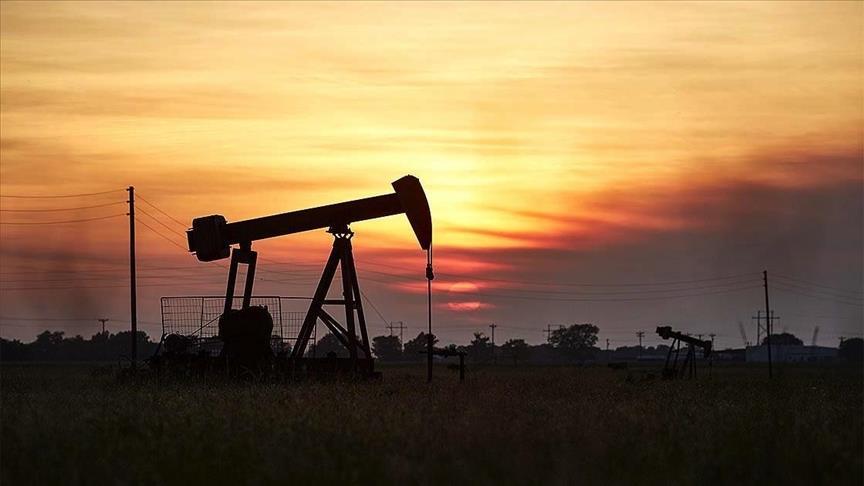Oil prices slightly increased on Monday, recovering some of the losses experienced at the close of last week, as investors concentrated on a tight global supply outlook and risk appetite was boosted by a last-minute agreement that prevented a U.S. government shutdown.
After dropping 90 cents on Friday, Brent December crude futures were up 49 cents, or 0.5%, to $92.69 a barrel by 0645 GMT. At the contract’s expiration on Friday, Brent November futures finished down 7 cents at $95.31 per barrel.
After falling 92 cents on Friday, U.S. West Texas Intermediate oil futures increased by 55 cents, or 0.6%, to $91.34 per barrel.
After Saudi Arabia and Russia extended additional supply cuts until the end of the year, both benchmarks increased by about 30% in the third quarter on expectations of a significant oil supply deficit in the fourth quarter.
When the Joint Ministerial Monitoring Committee meets on Wednesday, the Organisation of the Petroleum Exporting Countries with Russia and other allies, or OPEC+, is unlikely to change its current oil output policy due to tighter supplies and surging demand, four OPEC+ sources told Reuters.
“The avoidance of a U.S. government shutdown over the weekend provided some relief, but oil prices started the week on a strong note amid supply concerns with no policy change by OPEC+ expected,” said Hiroyuki Kikukawa, head of NS Trading, a division of Nissan Securities.
Nevertheless, he added, “Future demand trends will determine whether or not the market will rise higher.
Given the recent recovery in the market, OPEC+ is not anticipated to alter its output policy, but Saudi Arabia may start to soften its supplementary voluntary supply cut of 1 million barrels per day (bpd), according to ING analysts in a note on Monday.
According to the Saudis, there is still anxiety about Chinese demand. Although China’s manufacturing PMI returned to expansion zone in September for the first time since March, the PMI data released over the weekend may give some comfort.
According to official statistics released on Saturday, China’s factory activity increased in September for the first time in six months, adding to a string of signs that the world’s second-largest economy has started to stabilise.
A private-sector poll released on Sunday, however, was less upbeat, revealing that factory activity in the nation grew more slowly in September.
In fact, China’s economy is being held back from a long-lasting rebound by a severe real estate downturn, declining exports, and high youth unemployment, which is fueling concerns about dwindling gasoline demand.
In other news, Republican House of Representatives Speaker Kevin McCarthy’s last-minute decision to turn to Democrats to pass a short-term funding bill delayed the possibility of a shutdown until mid-November, so the more than 4 million employees of the U.S. federal government can continue to expect paychecks for the time being.
The U.S. oil and gas rig count, a leading predictor of future output, dropped by seven to 623 in the week to September 29, the lowest level since February 2022, according to energy services company Baker Hughes in its highly watched data on Friday, feeding supply concerns.
According to a survey of 42 economists released by Reuters on Friday, Brent is expected to average $89.85 a barrel in the fourth quarter and $86.45 in 2024.

